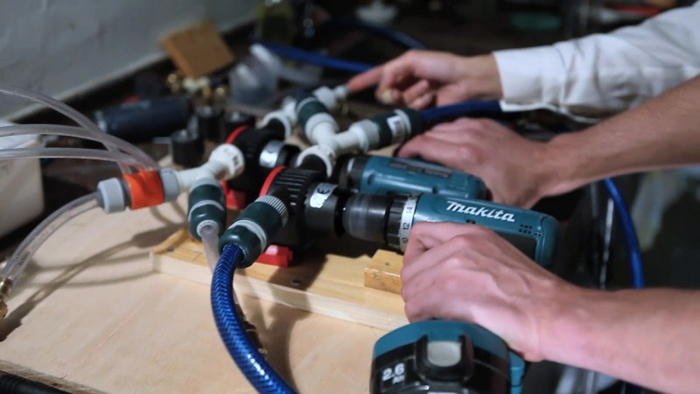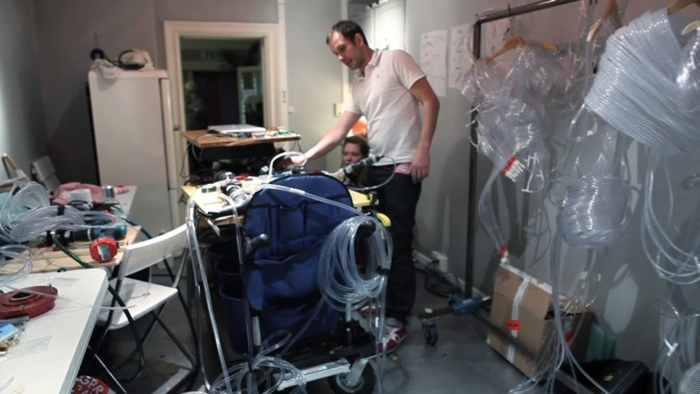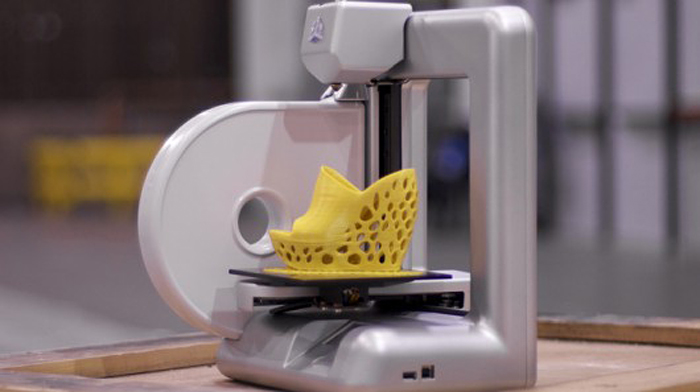Microsoft Research Redmond researchers Hrvoje Benko and Scott Saponas have been investigating the use of touch interaction in computing devices since the mid-’00s. Now, two sharply different yet related projects demonstrate novel approaches to the world of touch and gestures.
Wearable Multitouch Interaction gives users the ability to make an entire wall a touch surface, while PocketTouch enables users to interact with smartphones inside a pocket or purse, a small surface area for touch. Both projects will be unveiled during UIST 2012, the Association for Computing Machinery’s 24th Symposium on User Interface Software and Technology, being held Oct. 16-19 in Santa Barbara, Calif.

Make Every Surface a Touch Screen
Wearable Multitouch Interaction turns any surface in the user’s environment into a touch interface. A paper co-authored by Chris Harrison, a Ph.D. student at Carnegie Mellon University and a former Microsoft Research intern; Benko; and Andy Wilson—describes a wearable system that enables graphical, interactive, multitouch input on arbitrary, everyday surfaces.
“We wanted to capitalize on the tremendous surface area the real world provides,” explains Benko, of the Natural Interaction Research group. “The surface area of one hand alone exceeds that of typical smart phones. Tables are an order of magnitude larger than a tablet computer. If we could appropriate these ad hoc surfaces in an on-demand way, we could deliver all of the benefits of mobility while expanding the user’s interactive capability.”
The Wearable Multitouch Interaction prototype is built to be wearable, a novel combination of laser-based pico projector and depth-sensing camera. The camera is an advanced, custom prototype provided by PrimeSense. Once the camera and projector are calibrated to each other, the user can don the system and begin using it.
Continue reading about Wearable Multitouch at Microsoft Research...

PocketTouch: Through-Fabric Input Sensing
PocketTouch: Through-Fabric Capacitive Touch Input—written by Saponas, Harrison, and Benko—describes a prototype that consists of a custom, multitouch capacitive sensor mounted on the back of a smartphone. It uses the capacitive sensors to enable eyes-free multitouch input on the device through fabric, giving users the convenience of a rich set of gesture interactions, ranging from simple touch strokes to full alphanumeric text entry, without having to remove the device from a pocket or bag.
Benko also stresses that both Wearable Multitouch Interaction and PocketTouch are evolutionary steps of a larger effort by Microsoft Research to investigate the unconventional use of touch in devices to extend Microsoft’s vision of ubiquitous computing.
Continue reading this article at Microsoft Research...
Main image from Compliance Research




